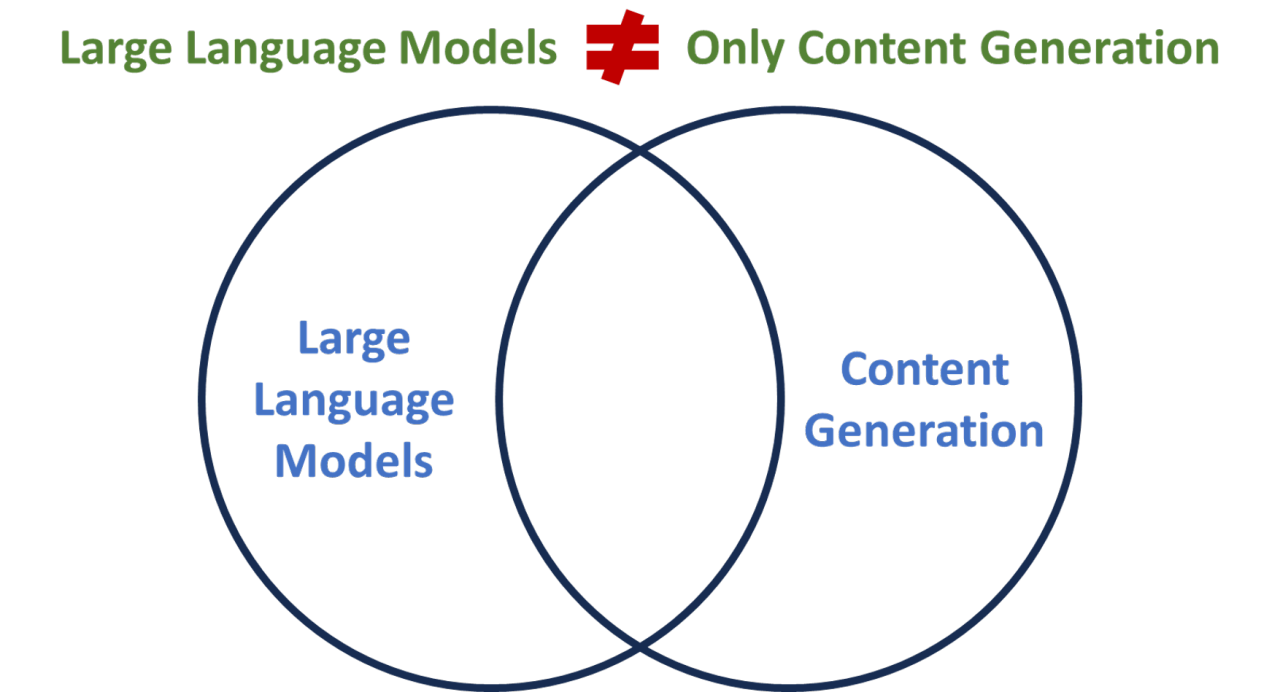
How Data Products Change the Game
KENNESAW, Ga. | Oct 18, 2022
The Name “Data Products” Isn’t Really Accurate
Data products are all the rage these days. At times, there are trends that are more
hype than reality. The trend toward data products is not

The Name “Data Products” Isn’t Really Accurate
While I am a huge fan of data products and what they can provide, I am not as sold on the name. A “data product” sounds like it would just be a dump of data for the purchaser to then use for some type of analysis that the purchaser must create. If that’s all there was to data products, I don’t think they’d be growing in popularity so fast. The reality is that most “data products” are actually “analytics products.” They provide analytical insights based on the underlying data that provide new value to the purchaser. They go beyond just the data.
At first glance, that distinction might sound a bit semantical, but it goes beyond semantics. While companies may be willing to buy raw data (and often do), they would rather buy packaged insights that have already been derived from the underlying data. That way, there is a much faster speed to action and value because there is no need to figure out how to derive the insights from the data. The insights are provided as part of the purchase.
I’d liken the difference between a true “data product” and an “analytics product” to be like buying raw ingredients or a completed meal. There is a place for both, but when you’re hungry you’d rather have a complete meal delivered than the raw ingredients. Hence my preference for the term “analytics product.” However, I know I will not win the naming battle, so let’s accept that today’s data products are really analytics products but that the naming convention isn’t going to change!
Why Now for Data Products?
At the end of 2020, I wrote about how a struggle with data literacy is a great problem to have. The explanation that the blog gave in the data literacy context, which applies equally here in concept, was:
“Data literacy is a 2nd order problem that only manifests itself as a problem as you begin to get past some first order problems. In this case, the first order problems involve the availability and cleanliness of data and the ability to effectively analyze that data.”
In other words, without clean, available data and the tools and skills to analyze the data, the issue of data literacy is secondary. Similarly, until you have clean, available data and have mastered how to use that data for your own internal purposes, you can’t even begin to think about selling data products to others. It is only once your own house is in order that you can proceed to the next level of considering data products. While data literacy is a new challenge to overcome, data products are a new opportunity to pursue. However, both stem from the same underlying advances.
Between rising corporate analytical maturity, highly flexible cloud environments that greatly ease the sharing of data, and great strides in data governance and management practices, it is now possible for companies to approach 2nd order activities like offering data products. That’s why data products are suddenly proliferating rapidly.
The Benefits for Providers and Subscribers
Let’s consider one example of a recent, and by all accounts highly successful, data product launch. Walmart has created a platform called Walmart Luminate. I know one of the senior leaders of this new unit and the explanation he gave me of what they are doing is impressive. The fact is, however, that Walmart has spent years collecting and curating masses of data for its own use. They are now able to turn focus outward and give others access to insights derived from a scale of data available from very few organizations. Offerings like Walmart Luminate have the potential to drive massive benefits for both data product providers and those that purchase the offering.
On the provider side, the benefits include:
- Generating substantive new revenue streams that also diversify corporate sources of revenue
- Internal use of the same data product can help providers better run their own businesses
- Having suppliers understand what’s working and what’s not more clearly will lead to adjustments to suppliers’ strategies, which will in turn drive more sales for the provider
On the subscriber side, the benefits include:
- Having access to trends based on masses of proprietary data which suppliers simply don’t have the ability to collect on their own
- The ability to partner with a provider to target very specific customer niches based on product, geography, and time so that additional primary research can be executed
- Leverage to make the case for more support for the supplier from the provider by partnering to define and execute analytics that will show that additional support is in everyone’s interest
The market is already starting to see joint data products arise where companies combine their data in a secure fashion that protects the privacy and security of each company’s sensitive data. The data is processed so that aggregated information and analytics can be derived from the combined information both companies provide while keeping the detailed data walled off. Depending on who is getting what value, it might even be a pure trade with each partner sharing the costs.
Data Products Are Here to Stay
To say that data products are simply a fad would be as grievous an error as to say that deeper, more detailed analytics are simply a fad. Since data products are really analytics products, the value lies in the unique insights that they offer. I don’t know of anybody who would bet against analytics continuing to grow in demand and in breadth of use. Today’s data products are just another advancement that is enabling a new scale and variety of analytics to be created and shared.
It is in every company’s interest to explore what data products they might be able to offer as well as what data products they might want to purchase. This trend is real and is only beginning. Don’t miss the chance to be on the front edge of it!
Originally published by the International Institute for Analytics


















